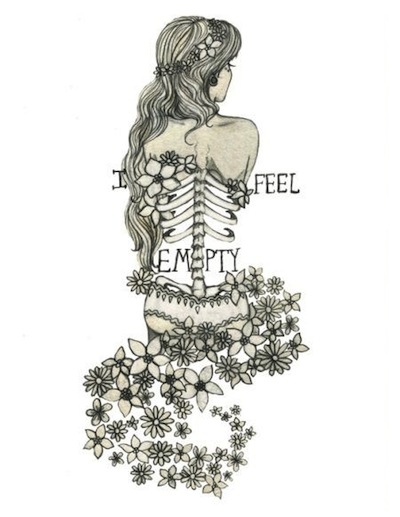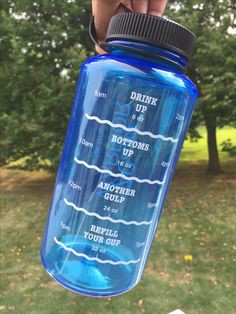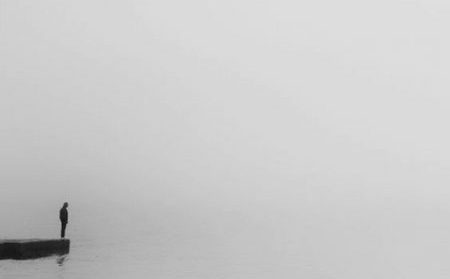Remaining Empty
The filling of the feeding tube is a constant in our lives. The question we must ask ourselves is if we live to eat or if we eat to live. Yoga demands the latter.
Whether it’s through food, drink or media, we are usually ingesting something at any given moment in our day. Yoga asks us to empty out.
To come empty means more than just on an empty stomach 2–4 hours before class. One learns very quickly that eating before practice doesn’t work. At best, we feel mild discomfort, at worse we’ll vomit. But we’ll know for next time!
Coming empty can also mean having no preconceived idea of how the practice should or is going to be. Entering as if it is new and fresh, not making any assumptions that a pose is unattainable or too difficult. It can also mean that regardless the number of years of experience we may have, to never assume we know or have gotten something. There is always potential to learn.
Remaining empty after a practice allows what just went on to be integrated into the system. Giving it time to sink in so it can be processed and evaluated on all levels. If we immediately distract the body with more to do, all the energy will go towards the incoming information as opposed to what happened in practice.
What happens after class? What do you do once you know it’s all over and you’ve survived? Do you run to the water bottle? Is there a panic to feed the monster? Remaining empty for a while after class is just as important as before it.
We may not be consciously aware of it but during practice the body and nervous system go through changes, carving new pathways of being and thinking. A shedding of the old and no longer necessary happens. After, we might be left with a feeling of emptiness. We either react positively to this new void or negatively, feeling too exposed. When we are uncomfortable with those feelings we tend to stuff ourselves with food, drink, media or work to get back to the way we were before practice.

Drinking during class is uncalled for. Surely we can survive an hour or two without water? It is a distraction and a way to get out of facing a trigger. We would never reach over for the water bottle right in the middle of a pose we love doing.
A good practice should leave us satisfied, not hungry and not needing anything more. If we feel otherwise perhaps we went too far too fast and were not ready or willing to stay in that new level. Psychologically, we were unable to sit with the emptiness and space that was created and needed to fill it right back up.
When something is of high quality we require less of it to feel satiated. This can come through our food, drink, sleep and yes, even our practice. Poor quality food for example will never nourish us no matter how much of it we eat. It will leave us feeling empty and wanting more. A good quality practice does not need to be 3 hours long. If it leaves you tired, drained and seeking to refuel right after, it is of poor quality.
Less is more when it comes to yoga practice.
Better to have full concentration for the complete session than pump through it mechanically just to say you did it. A good practice leaves us full, but withPrana, our own life force. We can say it leaves us full of ourSelf!
Some yogis and martial art masters have been known to not drink water during the day at all. They may take a little in the morning and a few sips before retiring at night. The body does the rest. We tend to confuse the body by our excesses and cause it to work much harder than necessary, overriding its natural intelligence to produce a proper balance of moisture. Most of us are so destabilized from improper eating and living and thus are inherently dehydrated.
Every individual must discover the correct quantity of water needed depending on their unique constitution, environment, rate of activity and lifestyle choices. It is most certainly not the one size fits all 8x 8oz glasses per day, everyday, for everyone, in every season.

The practice of Yoga builds internal heat, Agni, the digestive fire. If we just spent the last hour or more making the effort to cultivate this fire why would we then put it out in 5 seconds with water or go out for a beer right after class? Actually, I heard now there are even yoga classes offering wine and beer tasting during class. Why wait to go to the pub after class when we can have it right then and there? I have to wonder what yoga text they are studying.
The mechanical act of reaching for the water bottle is an unconscious habitual behaviour. It may have been brought on by bottled water companies seeking profit as well as a misunderstanding of hydration on the part of the got-to-sweat-buckets fitness industry. Drinking too much stresses the kidneys, dampens fire and is rarely as necessary as promoted.
Water used to be a rare commodity and for millions it still is. Drinking so much is a new concept. The consumption of cold icy beverages is an even more harmful habit. Don’t get me started on that one, it’s a whole other post!
Your yoga practice should not cause you to consume more. Dig deeper into what makes you reach for the bottle on and once off the mat.
Radhasri (Rhonda Fogel) has been teaching yoga in Canada since 1998 and is the founder of Hatha Yoga Shala currently based in Montreal. She is an authorized Shadow Yoga teacher since 2005.
